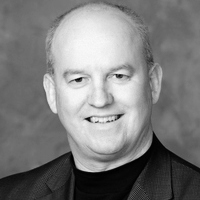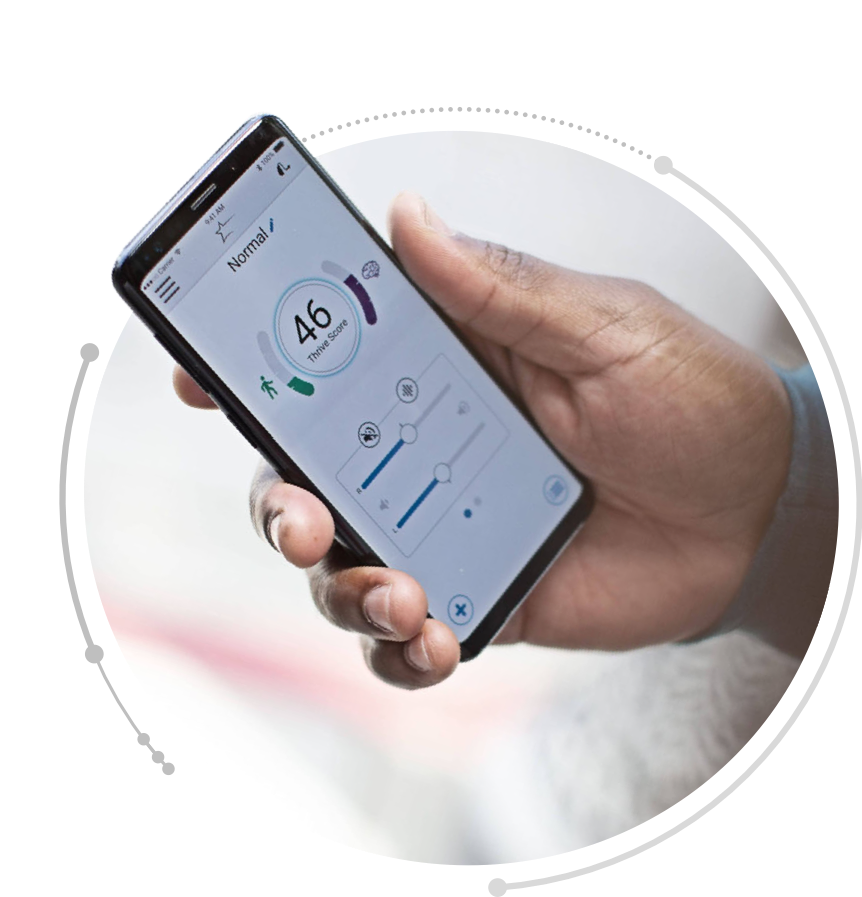Direct from Apple and Android Streaming: An Interview with Chris Howes, Sr. Software Product Manager
AudiologyOnline: Can you give an idea how long hearing aid manufacturers, and Starkey specifically, have been working to create a way to directly connect and stream audio from mobile phones and other mobile devices, such as tablets? And, what have been the biggest hurdles to this goal?

Chris Howes: Well, I’ve been with Starkey for 21 years and we’ve been working on wireless connections for hearing aids for as long as I can remember. The most significant hurdle has been and continues to be power management, to provide all the necessary power in a device that’s small enough to be both comfortable and cosmetically appealing. Beyond power consumption, another hurdle is wireless in general as, as different technologies each have pros and cons for power and delivering / maintaining a good connection to avoid interference and overcome the thickness of the human head or body shadow effects.
AudiologyOnline: Starkey was the first hearing aid company to build a Bluetooth accessory for hearing aids; the ELI (Ear Level Instrument) At that time, size and battery life were the main issues with Bluetooth and hearing aids. What has changed in the past few years to allow Bluetooth to become common in hearing aids?
Chris Howes: That brings back a fun memory of creating a demonstration for ELI that we could use at the AAA conference to showcase this unique product that attached to a Behind-The-Ear device and could pair to Bluetooth devices. This was prior to the iPhone and we paired it up to an early version of the iPod that still had the click wheel! It’s worth noting that there are differences in Bluetooth and how it’s applied to hearing aid technology. The biggest change came in the Bluetooth 4.0 specification with the introduction of Bluetooth Low Energy or BLE. Having a low-power option in the Bluetooth protocol created a good opportunity to work with a product like Starkey’s that’s designed to work on very low power.
AudiologyOnline: What are the core differences between Bluetooth Classic and the newer Bluetooth Low Energy?
Chris Howes: The greatest difference comes in the title “Low Energy”. BLE is designed to be very low power, short-range data communication. In order to get that low power, there are trade-offs like the fact that there currently is no standardized audio streaming protocol with BLE like there is with Bluetooth Classic for things like headphones or hands-free connection in your car.
AudiologyOnline: Are there differences between pairing to a mobile device/communicating with a mobile app and streaming from a mobile device?
Chris Howes: The differences are behind the scenes and invisible to the user. Pairing and data communication are all BLE and through standard protocols. Audio streaming is accomplished through proprietary protocols from Apple, Starkey (for accessories), and now Android on some select phone models on the Android 10 platform.
AudiologyOnline: Apple was the first mobile device company to create a direct from cell phone (iPhone) protocol. This isn’t specifically Bluetooth Low Energy (BTLE). Can you give a quick description of how their protocol works with BTLE? And, what are some of the pros and cons of working within the iOS ecosystem?
Chris Howes: To be clear, the connection between the iPhone and hearing aids is Bluetooth Low Energy. As I mentioned previously, BLE doesn’t have an audio streaming protocol and this is where Apple has worked with us and other hearing aid manufacturers to create a proprietary protocol for streaming audio from the iPhone to the hearing aids. That protocol is layered into the BLE communication specific to hearing aids. People often assume that hearing aids should work like wireless headphones and that comes back to a point I made in the first question regarding power management. Classic Bluetooth with standard audio streaming protocols takes significant amounts of power.
Apple is a great partner! When our team is working on wireless protocols and mobile applications we’re working in a very well-defined ecosystem when it comes to Apple. Though I will say, people never believe me when I let them know we don’t have magic access to new phones before anyone else and we’re in the same boat as the average consumer.
AudiologyOnline: An Android streaming protocol was recently released. Does it function the same way as the Apple protocol?
Chris Howes: Android is a completely different operating system on phones and the new ASHA (Android Streaming for Hearing Aids) protocol is made specifically for Android.
AudiologyOnline: Currently, the Android protocol is only available with certain mobile devices. Do you think the number of Android mobile devices compatible with direct-to-hearing aid streaming will expand? And, if so, what would be the timeline for this?
Chris Howes: Yes, we are confident this is happening even as we speak.
I can’t predict the future and if I could I sure hope that I’d use the power for good. What I can do is outline that Android is made by Google and is an open platform for other phone manufacturers to use and that they can modify it to suit their needs. Since Google makes Android, the new version and its features are first seen in Google branded phones before it rolls out to other phone manufacturers to implement.
AudiologyOnline: What are the main factors that affect stable connectivity between hearing aids and mobile devices/mobile apps?

Chris Howes: When dealing with BLE, it’s important to remember that this is a low-power, short-range data communication standard. BLE operates in the 2.4 GHz spectrum which can be affected by things that exist all around us like metal objects, walls (or lack of walls for reflection), and water (especially the human body). This is not much different from cell phones, which have been around for a long time, that still struggle with connectivity at times. I live and work in a suburb of Minneapolis and can’t make a reliable cell phone call from my desk, and on my way home, I’ve learned that calls will drop in the same exact spot on the freeway.
AudiologyOnline: Are there new streaming protocols on the horizon that could replace BLTE and the proprietary streaming protocols for hearing aid connectivity?
Chris Howes: The great thing about working in technology development is that there is always something new and exciting on the horizon. The challenge in working in technology development is that not everything can make it from dream to reality. There continues to be discussion and work towards a Bluetooth Low Energy audio streaming standard being part of the specification at the Bluetooth SIG (Special Interest Group), where Starkey is a member.


